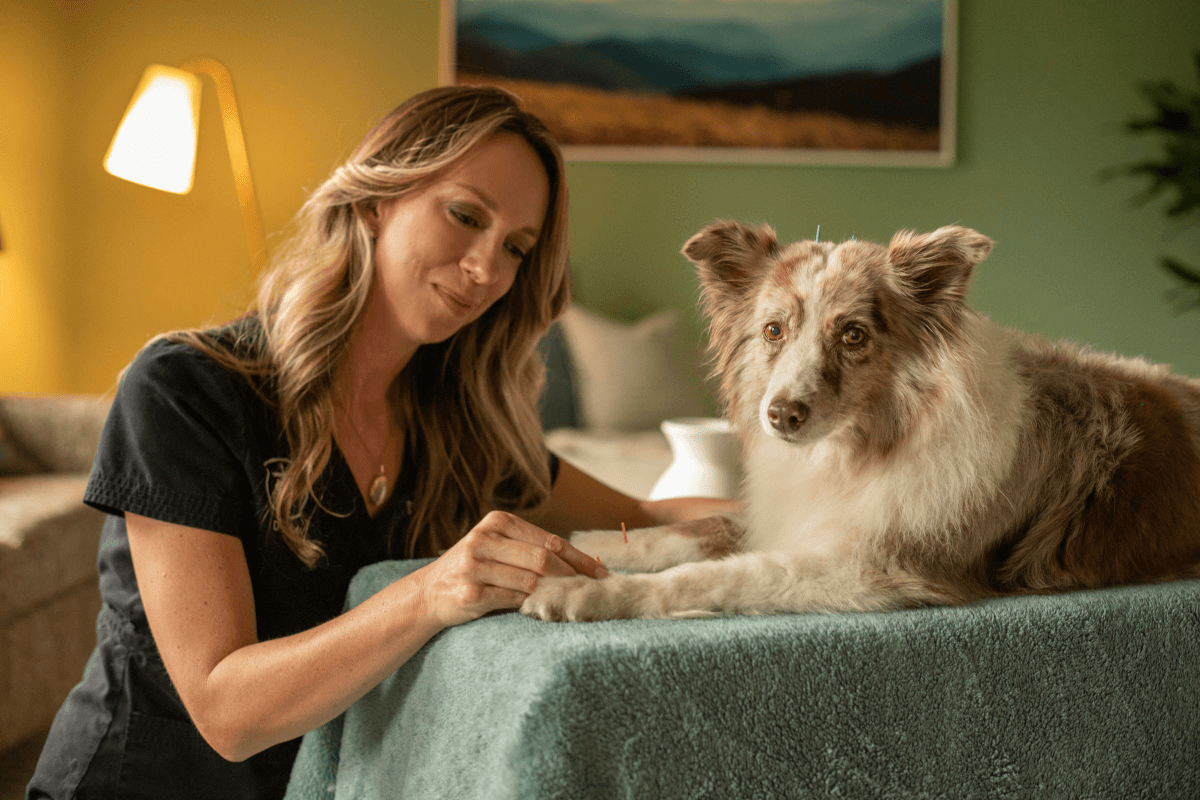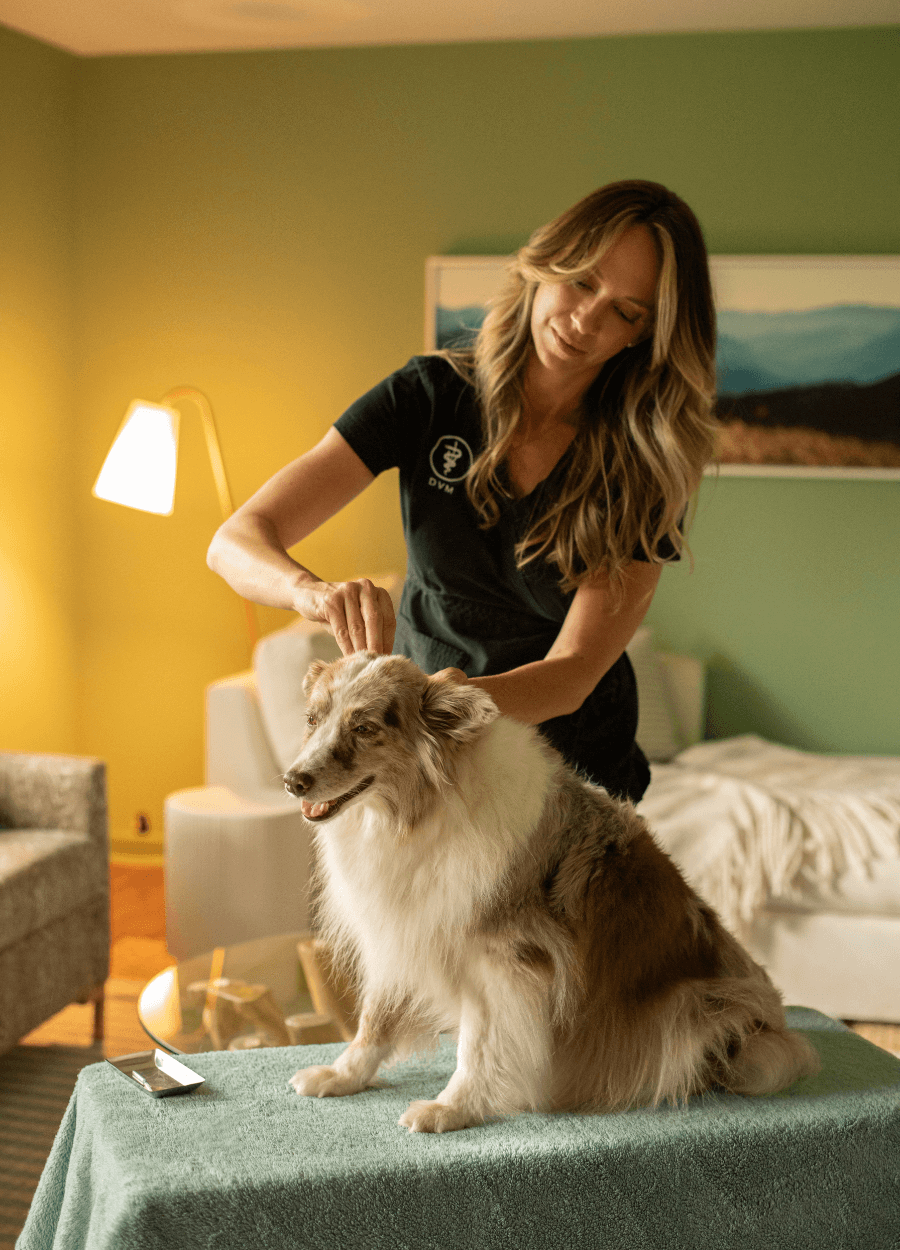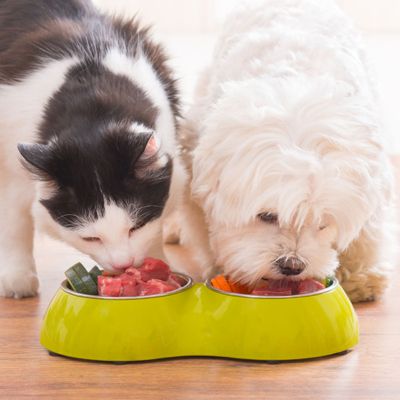Dr. Neely North
The Holistic Vet

About Dr. Neely North
Dr. Neely North provides you with personalized holistic vet care. Her primary goal is to promote your pet’s well-being using several natural treatment options, including Traditional Chinese Veterinary Medicine, nutrition and behavioral consultations, and herbal remedies. She focused on ensuring the health of your pet’s entire being, not just treating the symptoms of their disease.
Dr. North understands and values the difference between surviving and thriving. Her whole-body approach will lead your pet to their best and longest life. Using human-grade whole foods, supplements, Chinese herbs, and more, Dr. North’s goal is to manage your pet’s medical conditions with as little conventional drug intervention as possible. Through your virtual or in-person consultation, you will gain an understanding of your pet’s Traditional Chinese Veterinary Medicine diagnosis, their Western veterinary medicine diagnosis, lab work details, and more.
Integrative holistic care for your pet
Pet Acupuncture
Acupuncture is the process of inserting needles into the body to produce a healing response. The Chinese have used acupuncture in veterinary practice for thousands of years.
Pet Food Therapy & Nutrition
Traditional Chinese Medicine believes (TCVM) in the healing power of food. Therefore, food therapy is one of the four major branches of TCVM.
Pet Massage & Physical Therapy
Tui-na massage therapy on Chinese Medical theory. Tui-na uses a mixture of acupressure, conventional massage, and chiropractic techniques.
Pet Behavioral Counseling
Pet Virtual Consultations










